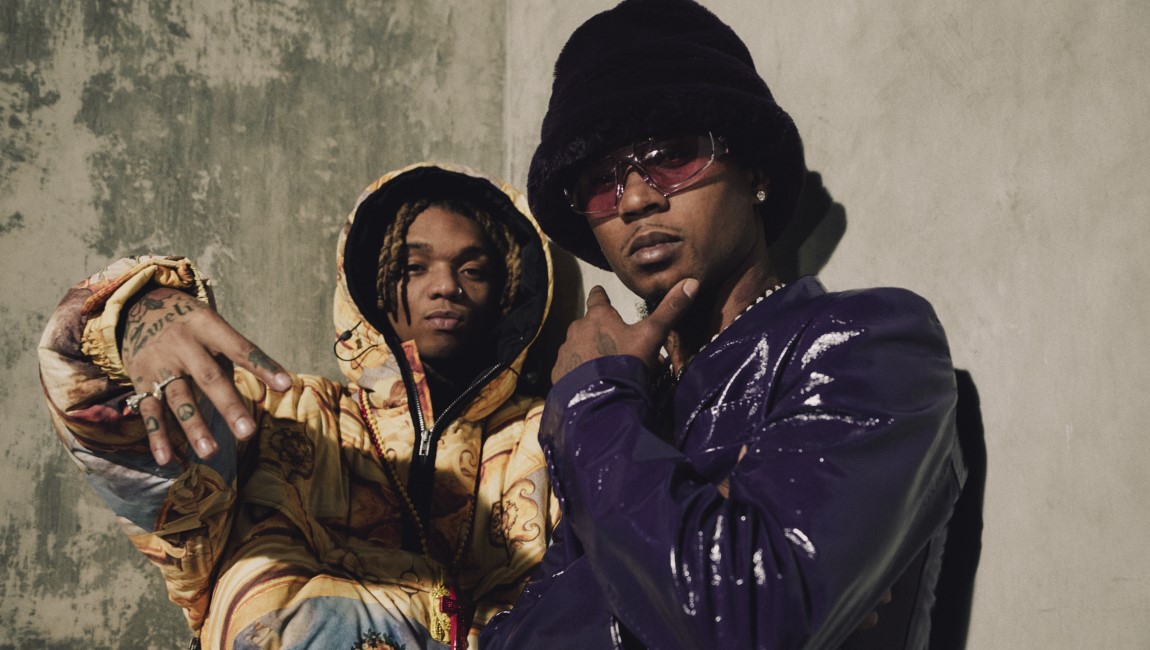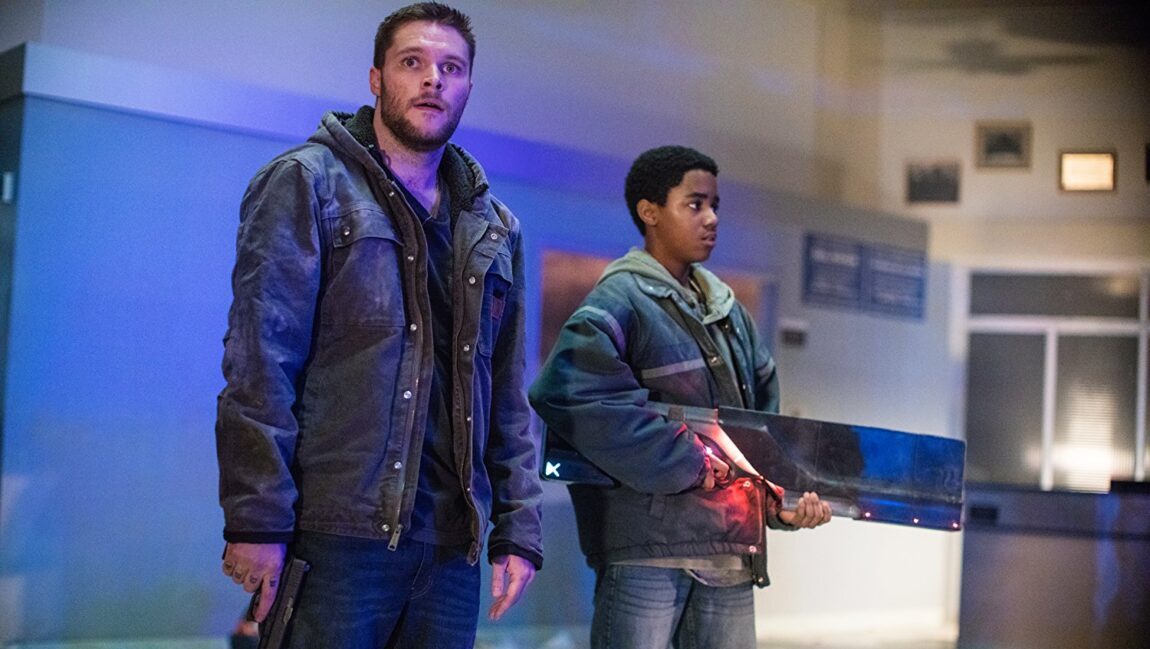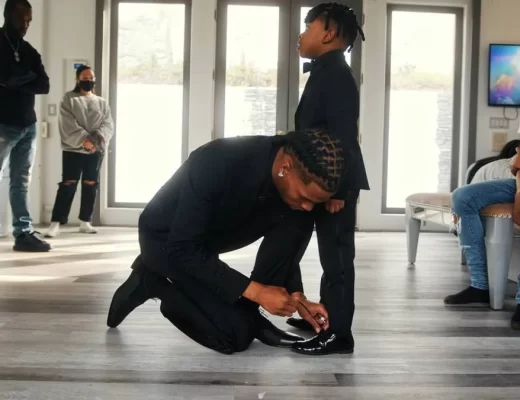Rae Sremmurd was always undeniable. Exploding onto the scene nearly a decade ago, brothers Swae Lee and Slim Jxmmy delivered some of the most memorable pop-rap of the 2010s. Brimming with wild energy and earworm hooks and anchored by Mike WiLL Made-It’s party-perfect production, songs like “No Flex Zone,” “Swang,” and “Throw Some Mo” feel simultaneously spontaneous and calculated for a good time. A hardworking family group named after their star producer’s record label, spontaneous and calculated also describes the Rae Sremmurd story as a whole. Sadly, the duo’s latest, Sremm 4 Life, is missing the anything-can-happen character that created so much built-in excitement on their previous releases.
Five years after their polarizing triple album SR3MM — designed to showcase the two-man-show’s individual talents a la Speakerboxxx/The Love Below — Sremm 4 Life has been framed as an intended return-to-form for the duo. The brothers are back together. The pandemic is over (?). It’s time to party. But a few bangers aside, these songs tend to bubble under the surface, rather than rapturously boil over. Album opener “Origami (Hotties)” is a sparse and slow welcome back to the world of Sremm, but despite Jxmmy’s threats to “start a riot if you don’t keep the liquor flowin’,” the track sounds more like a foggy post-party memory than the blowout itself.
In fact, much of this album feels like a hangover from the 2010s. Take your pick of any forgettable Migos song, for instance, and that’s basically “Torpedo,” a track that feels like it’s sinking rather than a party-starter primed to go off. The most frustrating part of the listening experience is that all of these songs have clear potential, but most inexplicably stop short of actually going anywhere. “Mississippi Slide” starts off promisingly enough, with a catchy hook dedicated to the brothers’ home state, but Swae Lee seems to lose steam halfway through his verse. Slim Jxmmy does his best to wake the cut up, injecting it with a bouncy, breathless flow, but it feels too late by the time it arrives. “YMCA,” meanwhile, features a gothic, funereal beat and the is DOA, with both Swae’s hook and verse severely lacking his usual magic dust, while Jxmmy’s contribution does little to change the track’s trajectory.
There’s a common theme here: most songs on Sremm 4 Life would benefit from more Slim Jxmmy earlier on. In fact, as proof of point, several of the album’s strongest songs begin with a Jxmmy verse. “Flaunt It/Cheap” is the album’s standout track, and arguably one of Rae Sremmurd’s best ever. The beat is springy and old school, and Jxmmy is a vitalizing force. The familiar Sremm party vibe is alive here, with the beat switch happening early, at just one minute in; the song transitions into a slippery Swae Lee hook. In fairness, Swae’s verse itself proves to be largely uninspired, but the production undeniably helps carry his delivery. Jxmmy also opens “Sexy,” which continues’ the throwback vibes of “Flaunt It/Cheap,” and the track is true to its name, delivering one of the better “sexy” songs in recent memory — playful, flirty, and smirking. And then there’s “Royal Flush” and “Tanisha (Pump That),” which don’t touch the greatness of anything off Sremm Life or Sremm Life 2, but are, in that very Rae Sremmurd way, likely to get stuck in your head and find regular rotation in your Spotify listening (Young Thug’s yelps alone on “Royal Flush” are enough to communicate some of that old Sremm energy).
Perhaps most frustrating is the fact that, while Rae Sremmurd for so long held sway as trend-setters, they can’t help but chase a few on Sremm 4 Life. “Not So Bad (Leans Gone Cold)” was born on Tiktok and samples the very same viral clip of Swae Lee interpolating Dido’s “Thank You” (hence, the distant mix on the chorus). The track is unfortunately hindered by the same curse that plagues many sample-driven drill songs — the surprise and energy of the sample wears off quickly, and the song proceeds to age more like a gimmick than a genuine gem. “ADHD Anthem (2 Many Emotions)” is another unfortunate trend-chaser, clearly attempting to slide into the emo rap lane of a Playboi Carti or Ken Carson. It’s a telling moment, as the Cartis and Carsons of the rap world, it could be argued, now play a similar role to that which Rae Sremmurd used to: hip hop’s innovative, energy-forward wild boys (though emo rap new school sounds downright dangerous compared to the sticky sweet innocence Jxmmy and Swae burst onto the scene with). It’s an odd but telling choice as an album ender, fittingly but frustratingly closing out what is the moodiest (and unfortunately also the weakest) chapter in the Sremm story so far.
Published as part of InRO Weekly — Volume 1, Issue 15.







